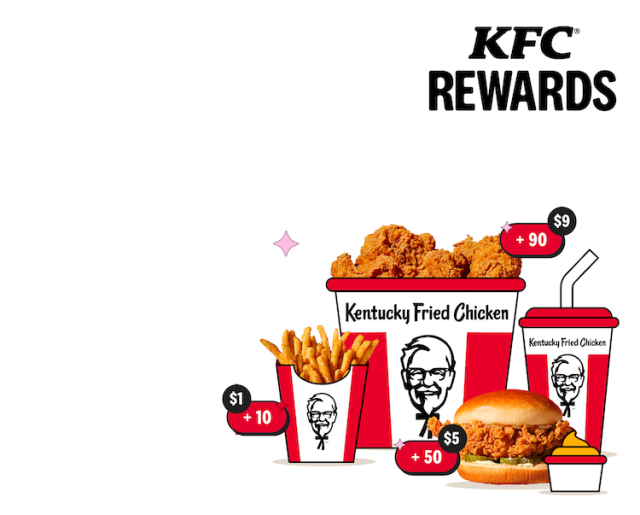Gamification: Antavo 2024 Loyalty Report
jodithepug
Posted on January 26, 2024 - 0 Comments
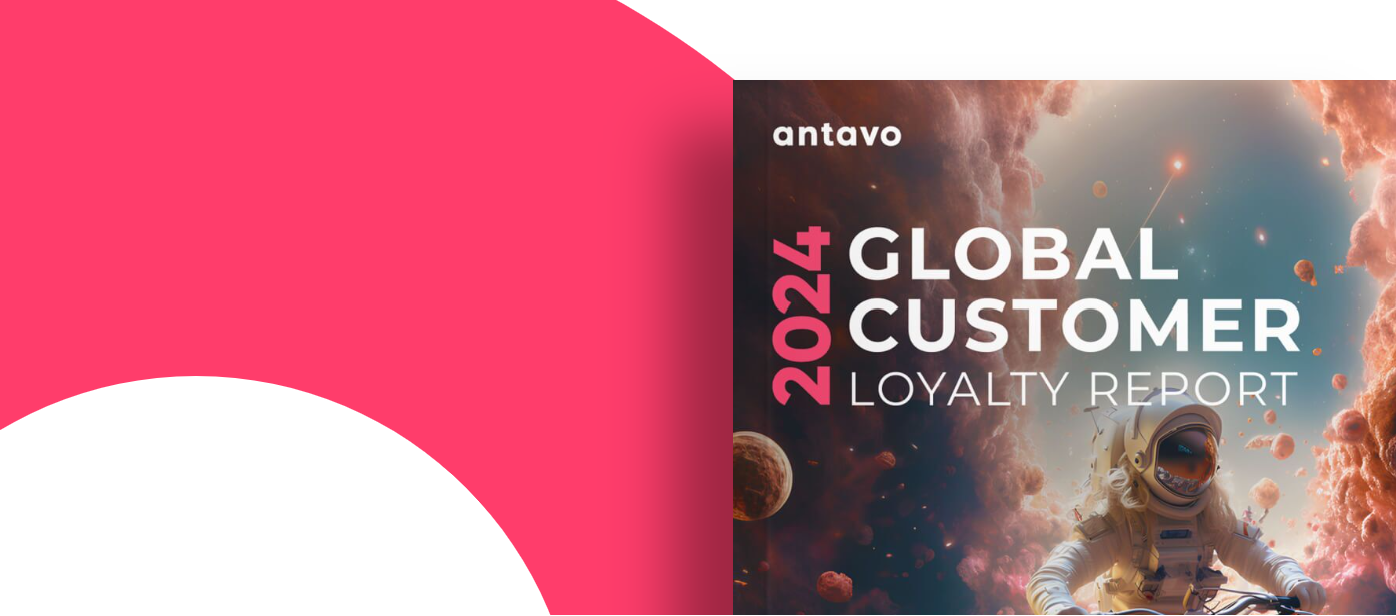
by Steve Bocska
If you haven’t already read the excellent Global Customer Loyalty Report 2024 by Antavo, grab it here. It provides insightful trends and strategies from the past year in the world of customer loyalty programs, like the importance of diverse and emotionally engaging reward options, the potential of new technologies like Web3, and the rise of premium loyalty programs. It also underscores the need for businesses to continually adapt and innovate in their loyalty strategies to meet evolving customer expectations and market trends.
We’ll also take a look at the implications of this report as it pertains to gamification. So buckle up…
Summary of the key takeaways:
Diverse Reward Redemption Options: There’s a significant emphasis on offering customers a variety of ways to redeem rewards. This approach is seen positively, with 78.1% of respondents believing it impacts customer retention and satisfaction favorably.
Exploring Cost-Benefit Ratios: The report delves into the cost-effectiveness of different loyalty strategies. For instance, 46.9% believe that the benefits of diverse reward redemption options outweigh the costs.
Popular Reward Types: Transactional rewards like freebies, discounts, and free shipping are the most commonly redeemed, but emotional rewards like events and free trials are also gaining traction.
Partnerships and Collaborations: These are identified as excellent opportunities for diversifying reward portfolios, with 57.3% of respondents affirming that the benefits outweigh the costs.
Web3 and Customer Loyalty: There’s a growing interest in leveraging Web3 technologies for loyalty programs. These technologies offer unique storytelling and engagement opportunities, building deeper community connections and fostering emotional loyalty.
Premium Loyalty Programs: The report observes an emerging trend in premium and subscription-based loyalty programs. About 26.0% of companies planning to launch a loyalty program are considering adding premium elements.
Actionable Insights: The report suggests actionable strategies for businesses, like asking customers what they want, making charity meaningful, offering family accounts, and considering Web3 technologies for loyalty programs.
Expert Reflections: The report includes insights from industry experts, emphasizing the importance of personalization, smart subscription program execution, and the potential of micro-targeting in loyalty programs.
In addition to these core loyalty concepts, The Global Customer Loyalty Report 2024 also supports the idea that gamification can enhance loyalty programs in several key ways:
Engagement through Diverse Rewards: The report emphasizes the importance of offering a variety of rewards, which is a core principle in gamification. Just as games use a mix of rewards to keep players engaged (think power-ups, badges, new levels), loyalty programs can use gamified rewards to maintain customer interest and participation.
Emotional Rewards and Storytelling: Gamification is not just about points and badges; it’s also about creating an engaging narrative. The report’s focus on emotional rewards aligns with this aspect of gamification. By incorporating storytelling and immersive experiences, loyalty programs can create deeper emotional connections with customers, similar to how players become invested in a game’s story.
Cost-Benefit Analysis: The report’s discussion on evaluating the cost-effectiveness of loyalty strategies mirrors the balance needed in game design between the cost of developing new features and the engagement they drive. Gamification strategies need to be effective in retaining customers and driving sales without incurring excessive costs.
Web3 Technologies: The exploration of Web3 technologies in the report opens up new frontiers for gamification. Blockchain, NFTs, and virtual economies can introduce innovative game-like elements into loyalty programs, offering unique and value-driven experiences to customers.
Premium Loyalty Programs: The trend towards premium loyalty programs highlighted in the report suggests an opportunity for gamified tiered systems. Similar to games that offer more content or benefits to premium members, loyalty programs can use gamification to provide exclusive rewards and experiences to high-tier customers.
Data-Driven Personalization: The report’s focus on actionable insights, including understanding customer preferences, supports the use of gamification for personalized experiences. In gaming, players often have the option to choose paths or styles that suit their preferences. Similarly, gamified loyalty programs can offer personalized paths or challenges based on customer data.
Building Community: Just as multiplayer games create communities, gamification can foster a sense of community among loyalty program members. Leaderboards, shared challenges, and collaborative rewards can create a shared experience, enhancing customer engagement and loyalty.
The report surfaced a crucial need for innovation and adaptability in loyalty programs. Gamification, with its diverse tools for engagement, emotional connection, personalization, and community building, aligns well with these needs, offering a framework to make loyalty programs more interactive, enjoyable, and effective.
Keep Reading...
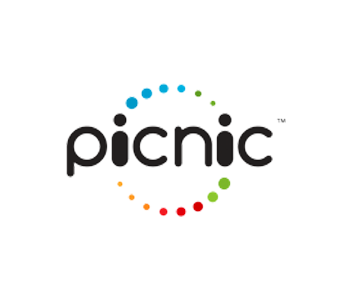
World of PUG Blog April 3, 2024
PUG Announces Launch of AI-Driven Intelligent Rewards System (IRS)
by Steve BocskaPress ReleaseFOR IMMEDIATE RELEASEPUG Interactive Launches Intelligent Rewards
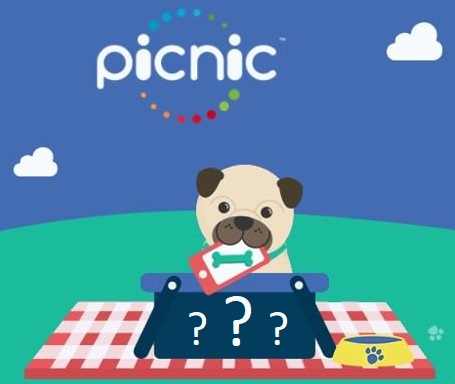
World of PUG Blog April 3, 2024
PUG Interactive Unveils InsightPulse: A Revolutionary Predictive AI Analytics Dashboard
by Steve BocskaPress ReleaseFOR IMMEDIATE RELEASEPUG Interactive Unveils InsightPulse: A
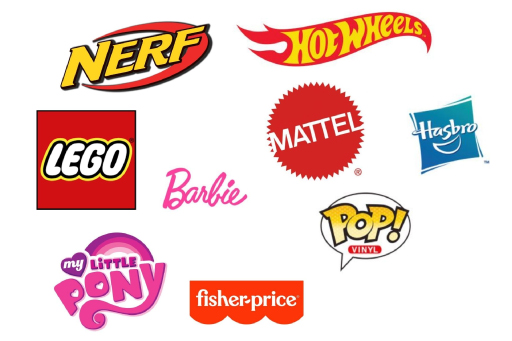
World of PUG Blog March 21, 2024
Building Bonds: The Future of Family-Focused Loyalty Programs
by Steve BocskaThe children's toy industry, home to iconic brands


